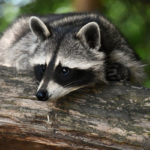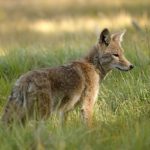There are numerous rodent species found all over the world. Most rodents are formidable pests in human homes. They can thrive in urban and rural environments and cause significant structural damage. A small rodent can also spread dangerous diseases.
Controlling rodent infestations is critical to protecting human health and the structural integrity of infested structures. Some are stronger than others. Deer mice are known to be spreading diseases of deadly viruses like rat bite fever and may necessitate special precautions. However, we must identify rodent species appropriately before attempting control or extermination methods.

What Do Rodents Look Like?
There are many different rodents, but they all share some common physical characteristics. Rodents are typically small animals with short legs, hind legs, or thin tails. They have sharp incisors that are continuously growing throughout their lives. These incisors are used for gnawing and are one of the primary ways rodents cause property damage.
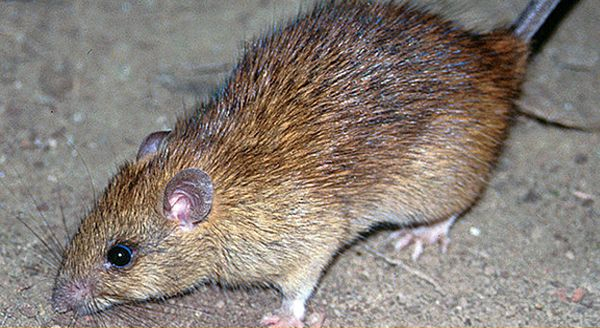
Size and shape
How a rodent looks may vary based on its species. Many rodents are round bodies that are petite, compact, furry, four-limbed animals with tiny claws and a long tail that may be furred as in squirrels or bare as in rats. Their keen senses and propensity for having long whiskers enable them to explore their surroundings even when it is dark. All rodents have four long, open-rooted incisors that continue to develop throughout their existence, distinguishing them as rodents.

Color
Rodents come in a wide range of colors, from black and brown to gray and white. Some rodents, like the chinchilla, even have multi-colored fur. The type of fur on a rodent can also help with identification. For example, rats and mice have smooth coats, squirrels have furry tails and beavers have scale-like hair on their tail.

Tail
The tail length can also help identify the type of rodent. For example, rats and mice have long, skinny tails, while squirrels have shorter, fluffy tails. Some rodents have thick tails or thin tails that they use for balance.
The function of the tail also varies depending on the species. For example, some rodents use their tails to store food, while others use them to climb trees or swim.
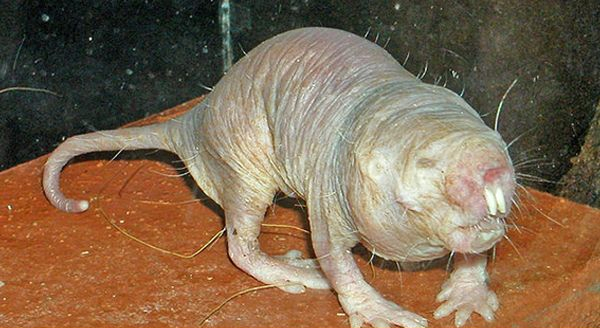
Behavior
Most rodents are social animals, gregarious, and like to live in families. The chinchilla lives in herds, but the prairie dog lives in what can be called communities. Families frequently consist of parents and their kids. Colonies of females, their young, and a male who guards their territory make up brown rats. In matriarchal rodent groups, females and offspring coexist, and males get expelled when they reach or are on the verge of sexual maturity. With ground squirrels, this occurs.
The naked mole rat exhibits rodent behavior at its greatest extreme. The solitary female can reproduce, and the queen rules the colony. The other mole rats are present to look after the settlement and the babies. Compared to mammals, these creatures behave more like eusocial insects.
Rodents leave scent trails in their feces, urine, and glandular secretions. Although these compounds may be repulsive to humans, they allow rodents to distinguish between relatives and family and strangers and foes. Numerous rodents make noise, including the distinctive squeak of the house mouse, marmot whistles, squirrel barks, and vocalizations that are inaudible to humans.
Identification
Most rodents get identified by their behavior, specific body features, and coloration. Some rodents have solid coloration, while others have dual or gradual color variations between their backs, feet, or bellies. Some rodents have tails much shorter than their body lengths, while others have longer tails. Rats have hairless ears and tails and are more significant than most mice.
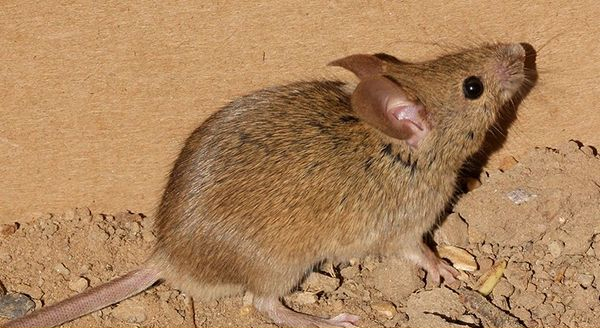
House Mouse
Common pests like House Mouse are tiny, slender rodents with small, black, slightly projecting wide eyes, sparsely hairy ears, and a practically hairless tail with clear scale rings. They have gray or buff-colored bellies. House mice are dark gray. On their upper incisors, harvest mice have grooves.
Adult house mice measure 3 to 4 inches in length from the snout to the base of the tail, and their tails are 2 to 4 inches long. They usually weigh 0.4 to 0.9 ounces.
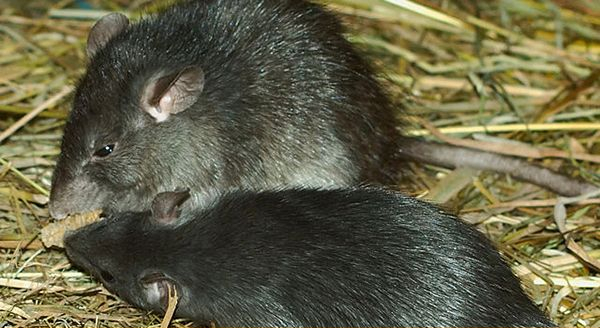
Roof Rat
Long and slender rodents called roof rats feature huge eyes, ears, pointed noses, and scaly tails. Roof rats often have soft, smooth brown fur with scattered black patches. They frequently have white, gray, or black undersides.
When the head and body lengths get added together, it measures 6-8″ (16–20 cm). Their tails, which measure 7 to 10″, are noticeably longer than their heads and bodies (19-25 cm). It indicates that roof rats can grow to a length of more than 40 cm. Usually, they weigh 5 to 9 ounces (150 to 250 g), although they can get as big as 12 ounces (340 g).
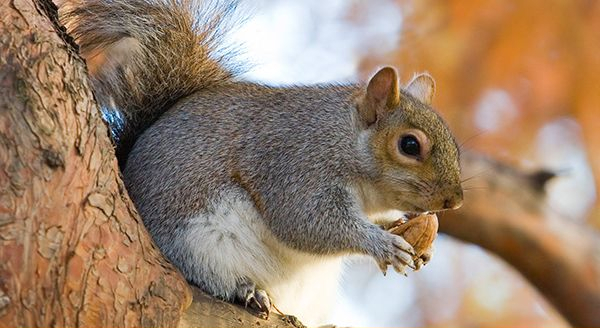
Squirrel
Squirrels are typically little rodents with long tails, big eyes, and slender bodies. They have various fur that might be white, gray, yellow, red, brown, or black.
Their short, soft, and silky fur is typically variable in thickness according to the species.
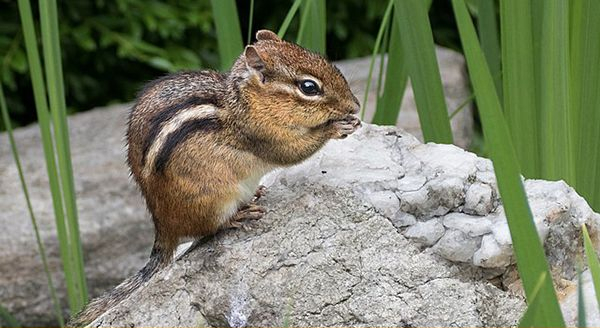
Chipmunk
With the size of about a teacup, Chipmunks are little members of the squirrel family who are lively and quick-moving creatures. As a result of their round cheeks, big, shiny eyes, stripes, and bushy tails.
Deer Mouse
Deer mice typically have a circular form and are between 5 and 8 inches long. Typically, they have dark brown or brown skin, white feet, and white underbelly. Deer mice always have bicolored tails, often half brown and half white. It makes them easy to recognize. At birth, baby deer mice are pink and hairless.
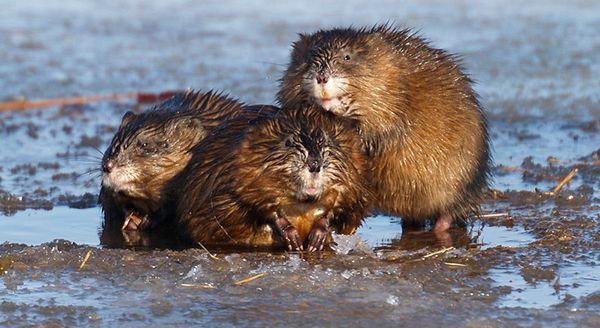
Muskrat
A foot to two feet long, the muskrat is a sizable rodent. It has a thick body, a rounded head, and a 7–12 inch long, black, scaly tail. Its tail is vertically flattened. A muskrat’s tail is used as a rudder to navigate across the water.
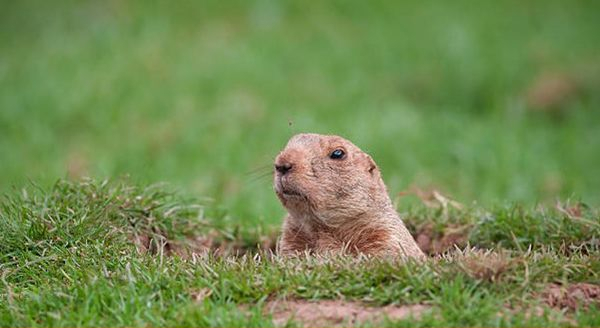
Gopher
Small, hairy rodents called pocket gophers like to make tunnels under people’s yards in North and Central America. Because they have external, fur-lined cheek pouches or pockets, their full name is a pocket gopher. Food is transported from one spot to another using their pockets extending back to their shoulders.
Groundhog
Groundhogs can grow to be between 16 and 22 inches long and weigh between 5 and 13 pounds as adults. Their short tails and compact, hefty bodies are coated with brownish-gray fur. The front foot of groundhogs is strong, and they have curved claws for digging burrows and four legs.
Porcupine
Although they have silky hair, porcupines frequently have sharp quills mixed in with it on their back, sides, and tail. Typically, these quills are flat until they get threatened, which springs to attention as a strong deterrent. Contrary to popular belief, porcupines cannot shoot at predators, although they quickly come off when touched.

Vole
Small rodents, known as voles, are related to hamsters and lemmings. They have a sturdy build, long hairy tails, slightly rounded heads, and small eyes and ears. They have unusually shaped molars because they are high-crowned with angular cusps instead of low-crowned with round points.
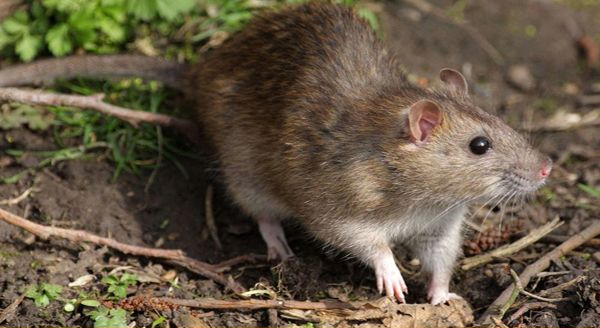
Norway Rat
The Norway rat is a kind of rodent found in Texas. It has a big body, dense, short-haired fur that is gritty and fuzzy, a blunt nose, and small eyes and ears. Norway rats (Rattus norvegicus) have a gray to yellow-white underside and are brown with stray black hairs.
Prairie Dog
Black-tailed prairie dogs are 15 inches long on average as adults. Their relatively coarse, sandy brown to cinnamon hair with grizzled black tips covers their entire chunky bodies. Prairie dogs have a minimal undercoat. Pale cream to white fur cover their bellies. There are four short, muscular legs on prairie dogs and a short tail.
Have A Rodent Infestation Problem?
If you have a rodent infestation problem on your property, AAAC Wildlife Removal is the best company to call. We’ll take care of the problem quickly and efficiently so you can feel safe in your home.
Fortunately, the pros at AAAC Wildlife Removal are available to assist in resolving problems caused by these unauthorized visitors. Call us today!
Final words
Occasionally, you can stumble into a rodent in the wild or your yard. Or possibly a rodent will soon move into your house, either temporarily or permanently. So, remember the traits and characteristics of rodents you’ve read about here! And keep your eyes peeled! While some could be challenging to recognize, others will serve as familiar faces.








